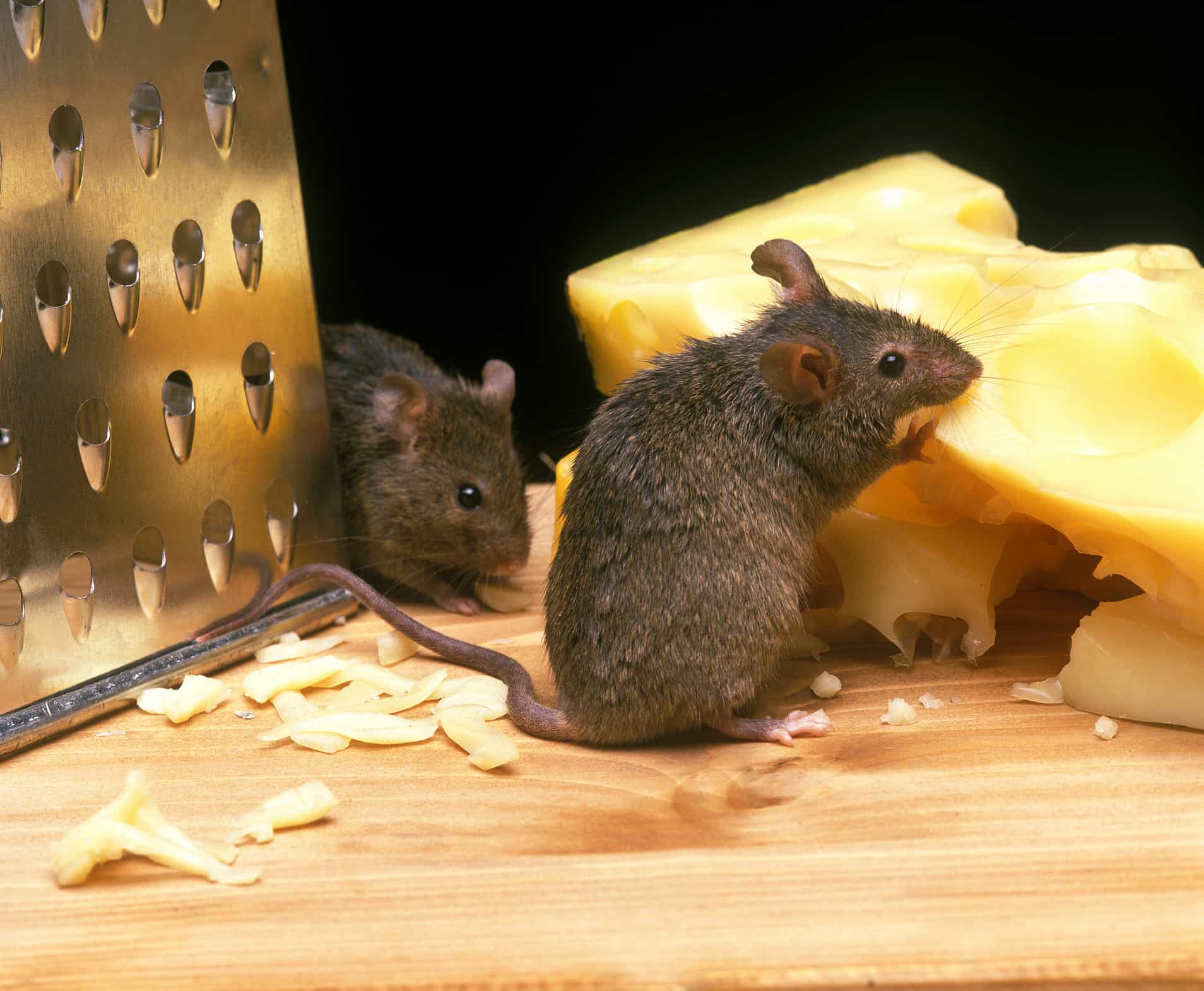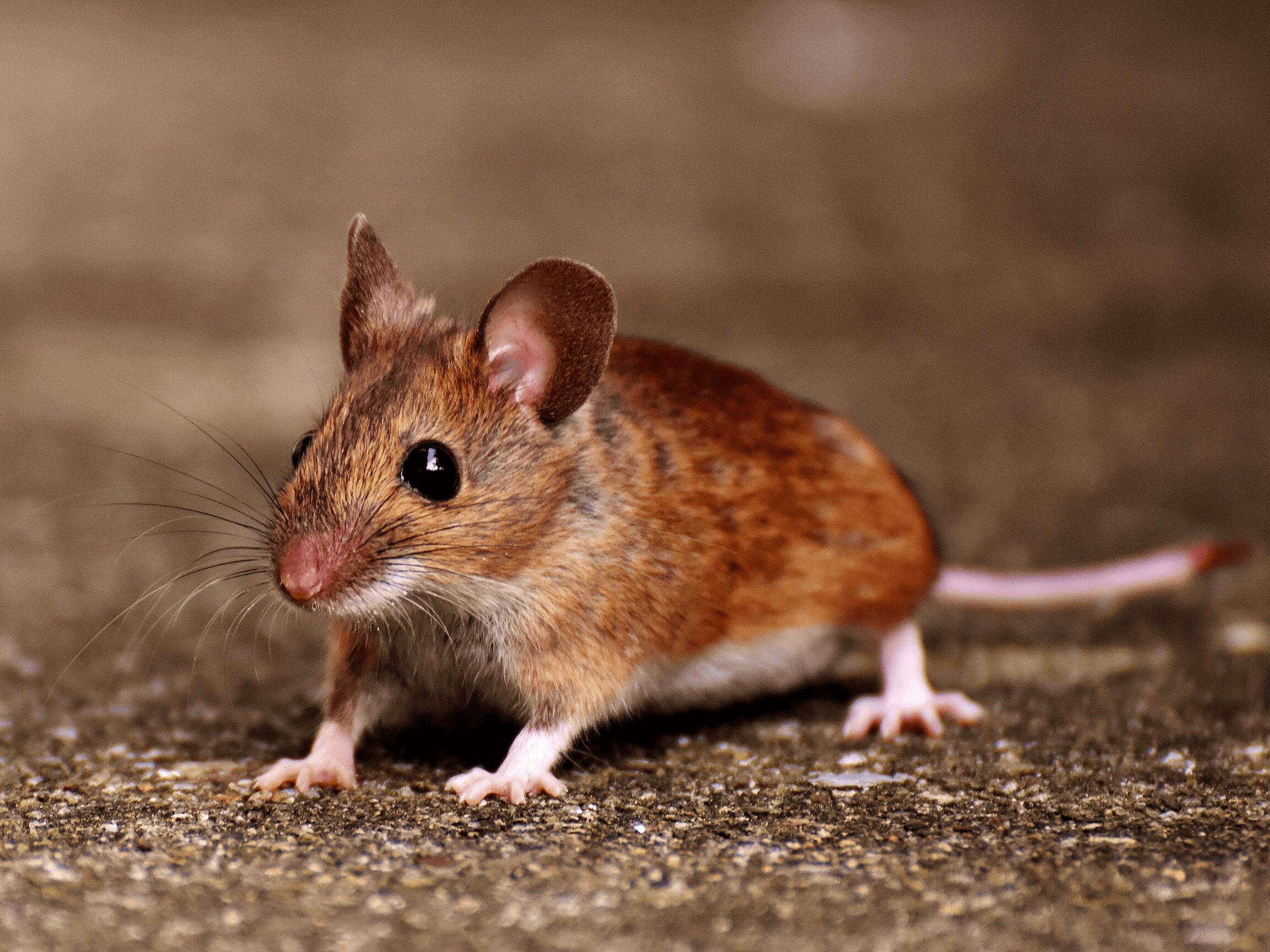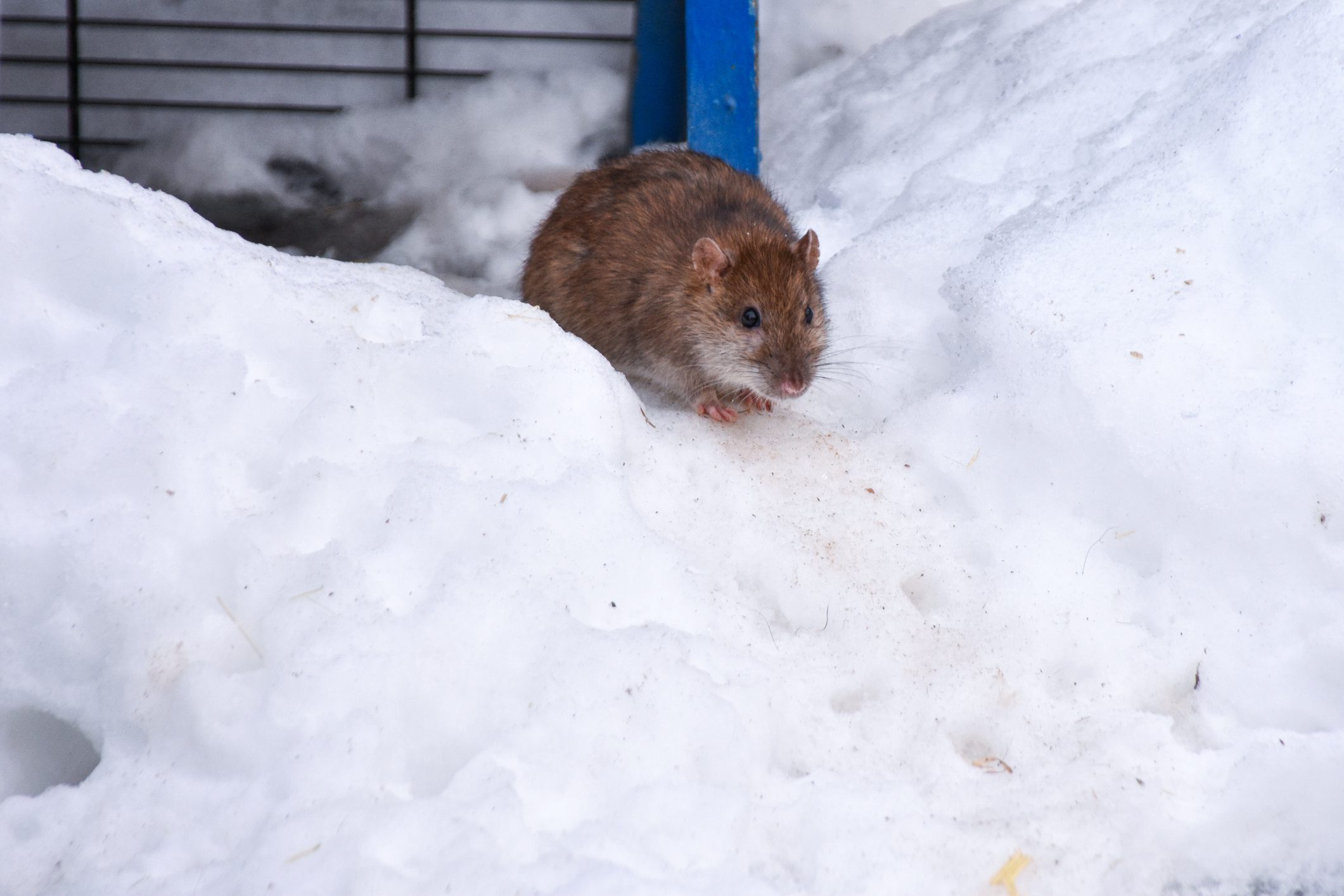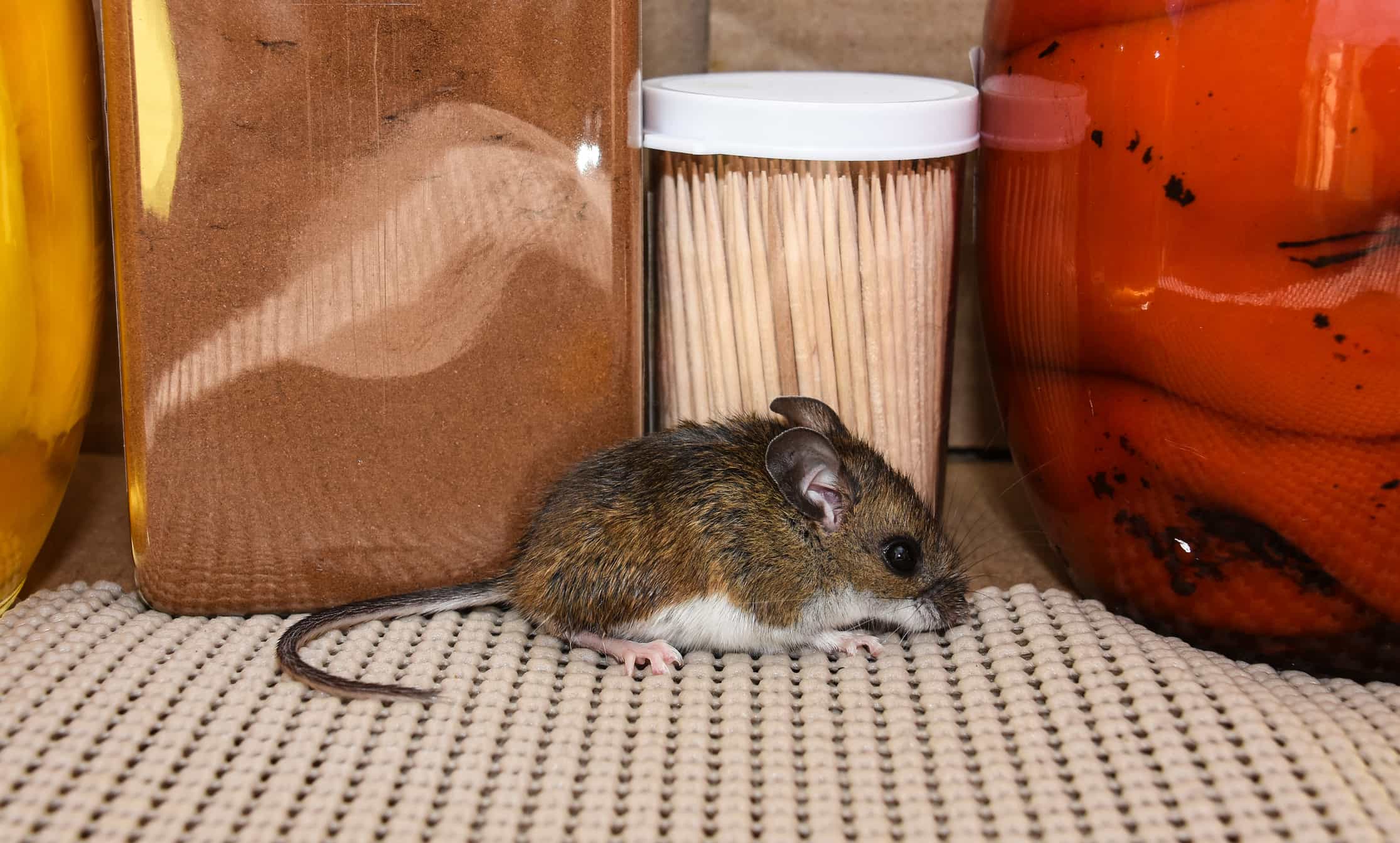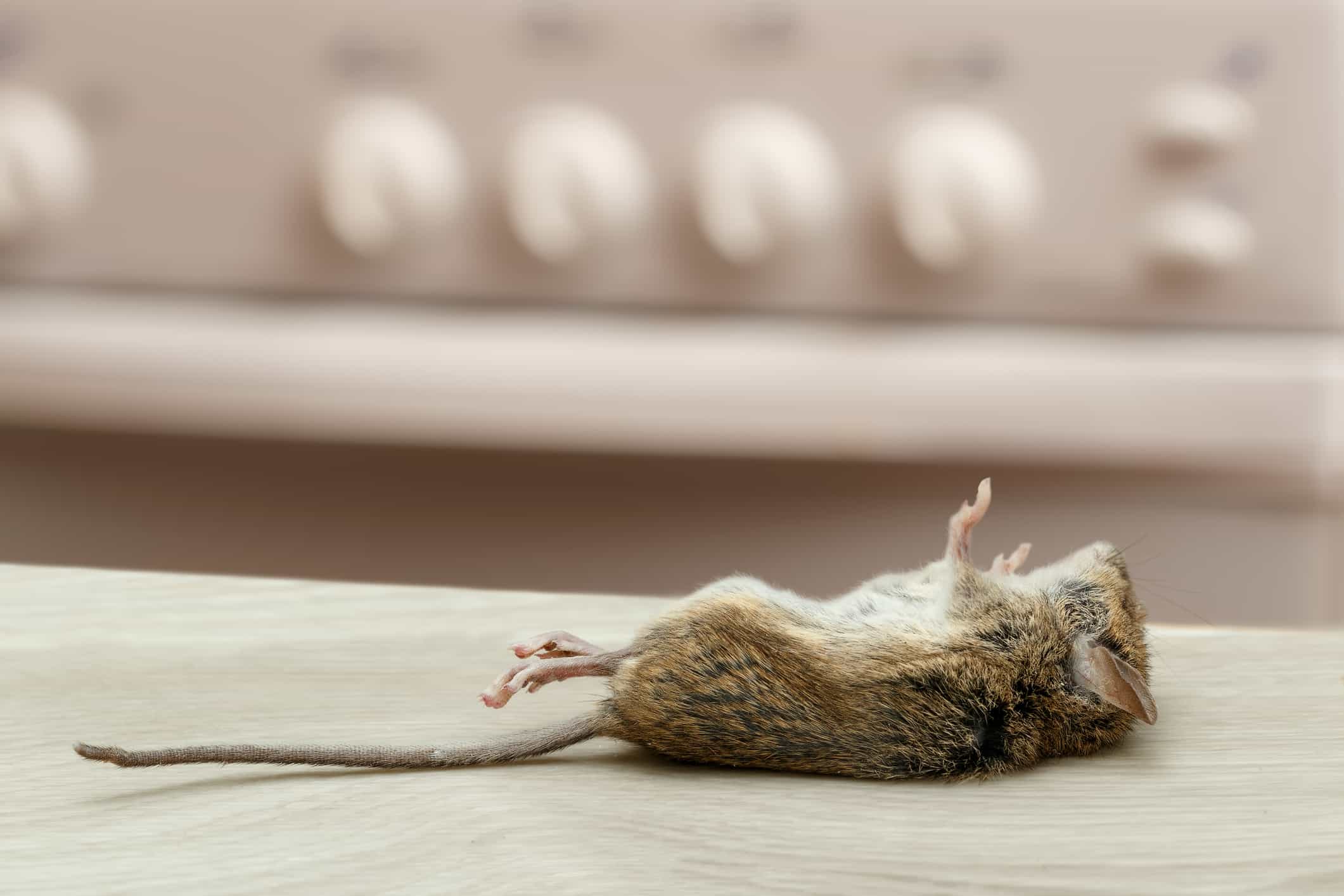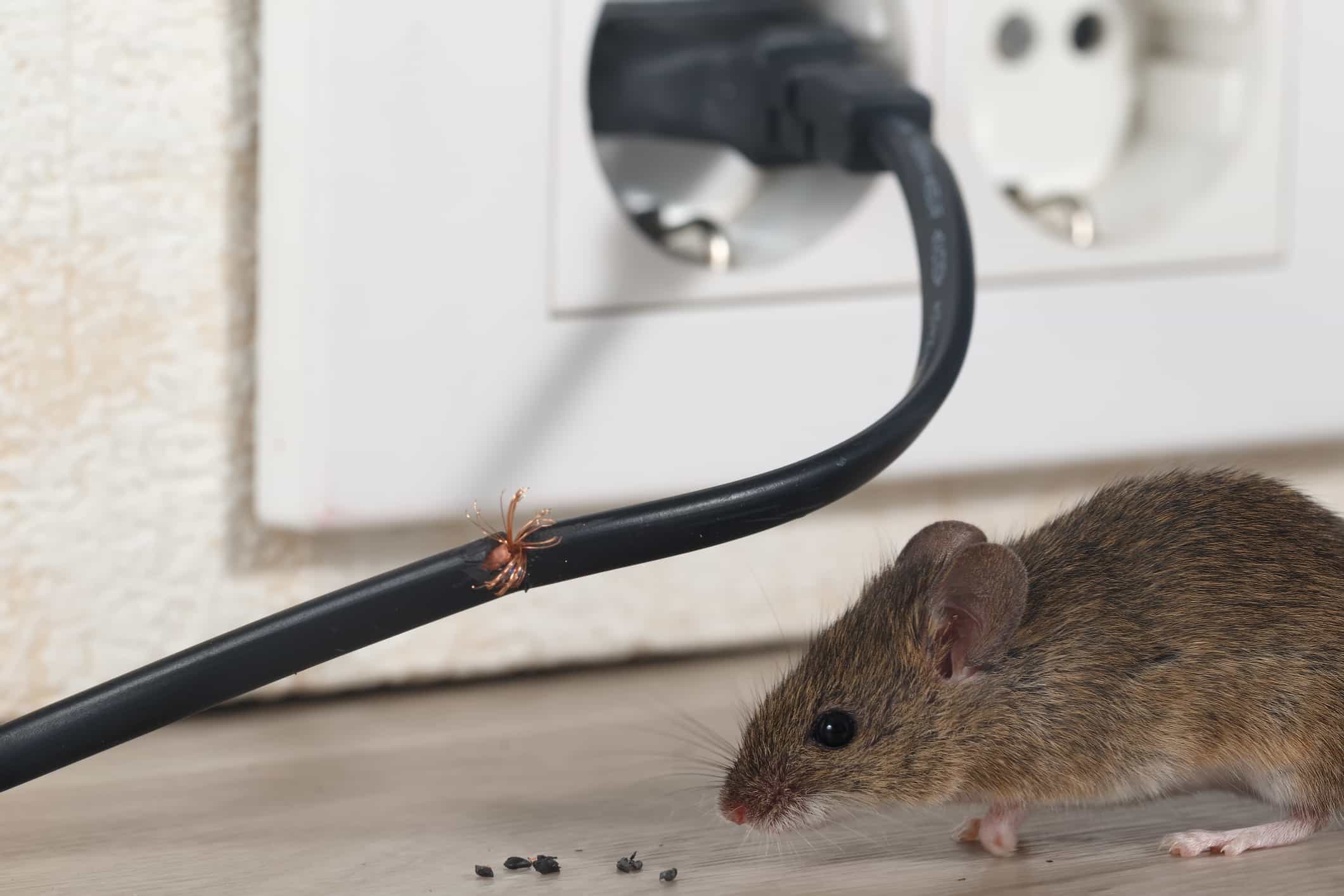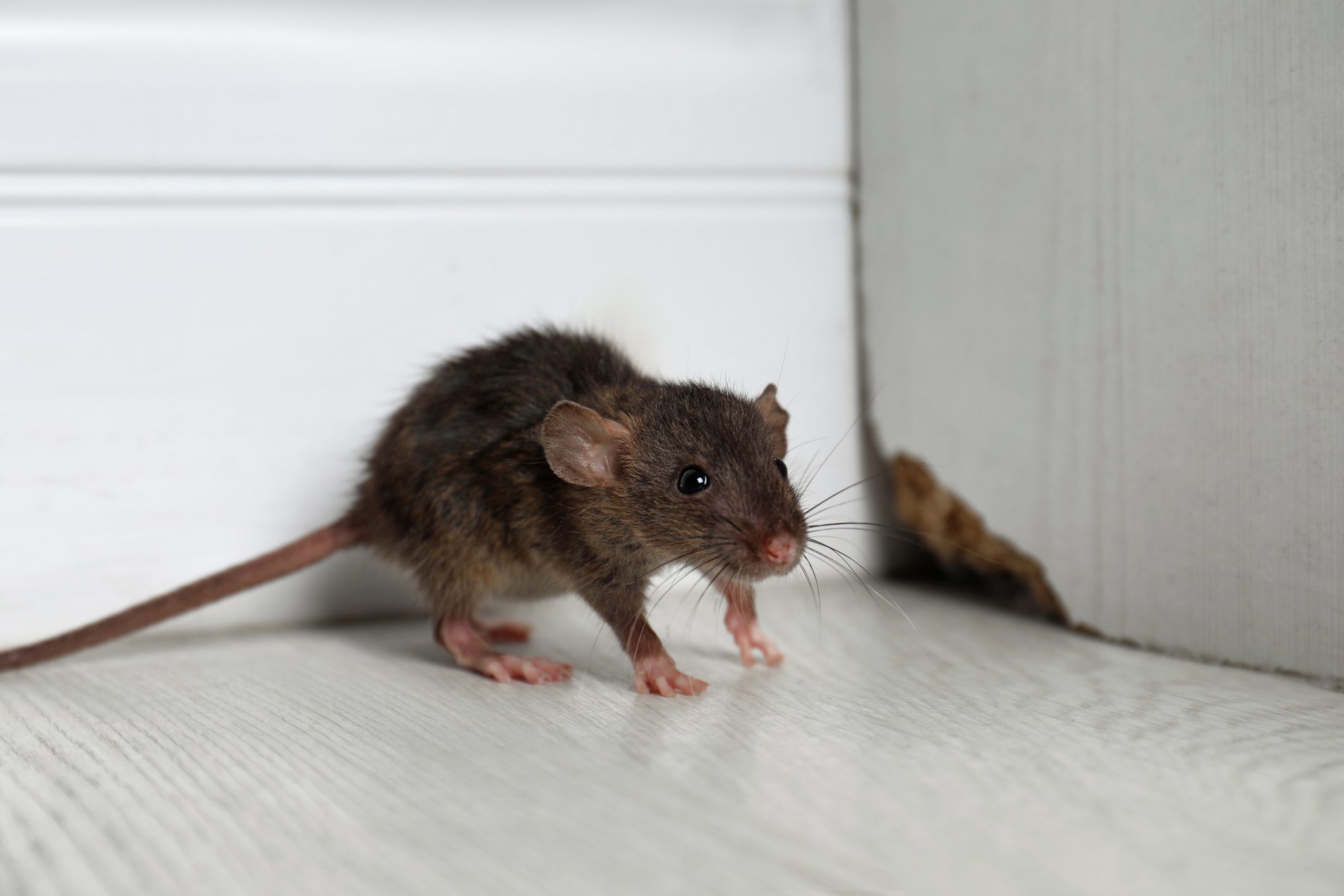Safe & Effective Methods
Friendly & Professional
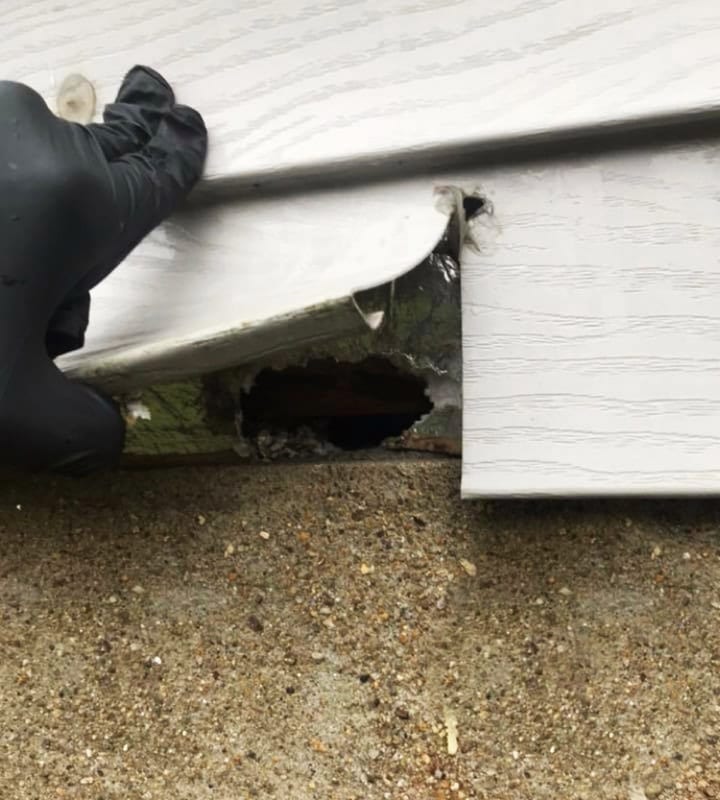
mouse exterminator near me
We exterminate mice in the northeast of Massachusetts and our strategy is simple; we always start at the root of the problem by locating their trails & utilizing several trapping methods to eradicate their population.
We then seal up all areas around your home where they could enter to ensure they don’t come back in the future!
Mice Seen in Massachusetts
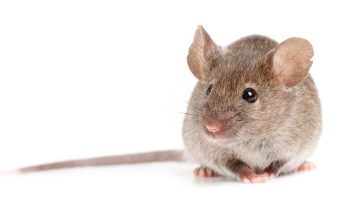
House mice (Mus musculus) are a common and widespread species of mice found throughout Massachusetts. These small rodents are adaptable and resilient, capable of surviving in various environments, including homes, buildings, farms, and outdoor spaces.
House mice have a rapid breeding cycle, with females able to produce multiple litters per year, leading to potential infestations if left unchecked.
They are notorious for their ability to squeeze through tiny openings and gaps, allowing them access to homes and structures. Once inside, house mice can cause damage by gnawing on electrical wiring, wood, and other materials, potentially leading to fires and structural issues. They contaminate food and surfaces with their droppings and urine, posing health risks to humans.
Proper prevention and control measures, such as sealing entry points, eliminating food sources, and employing traps or professional extermination services, are crucial to managing house mice infestations and safeguarding homes and properties in Massachusetts.
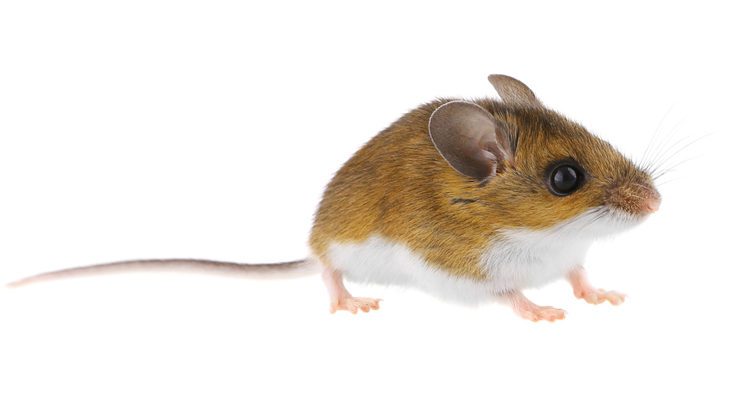
Deer mice (Peromyscus maniculatus) are a species of mice found in various regions of Massachusetts, particularly in rural and wooded areas.
Appearance – These small rodents have a distinctive appearance: reddish-brown fur and white underbellies. Deer mice are well-adapted to their natural habitats and are known for their agility and climbing abilities.
Diet – While they play a role in the ecosystem by feeding on seeds, insects, and small invertebrates, they can become a concern when they enter human dwellings.
Deer mice are known carriers of hantavirus, a potentially serious respiratory illness transmitted through contact with their droppings, urine, or saliva.
It is essential to take precautions when dealing with deer mice, such as wearing protective gloves and masks, especially when cleaning areas that their presence may contaminate.
Proper exclusion measures, such as sealing entry points and maintaining cleanliness, can help prevent deer mice from entering homes and minimize the potential health risks associated with these rodents in Massachusetts.
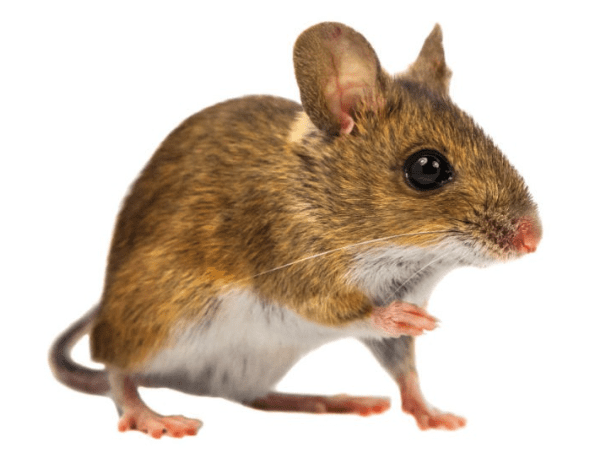
White-footed mice, scientifically known as Peromyscus leucopus, are small rodents native to North America.
Habitats -They are widely distributed across a variety of habitats including forests, grasslands, and brushy areas.
These mice prefer habitats with dense vegetation that provides cover and protection. They are adept climbers and can be found in trees, shrubs, and rock crevices as well.
Diet – White-footed mice have a diverse diet, feeding on a range of seeds, nuts, berries, insects, and even small vertebrates. They are also known to cache food for later use.
Appearance – In terms of appearance, white-footed mice have a compact body with a long tail that is shorter than their body length. They typically measure around 15 centimeters in length, including their tail. These mice have soft fur that is light brown to reddish-brown on their back, with white underparts and distinctive white feet, which give them their name. Their large, black eyes and large ears aid in their nocturnal activities. White-footed mice are important members of the ecosystem, playing a role in seed dispersal and serving as prey for various predators.

